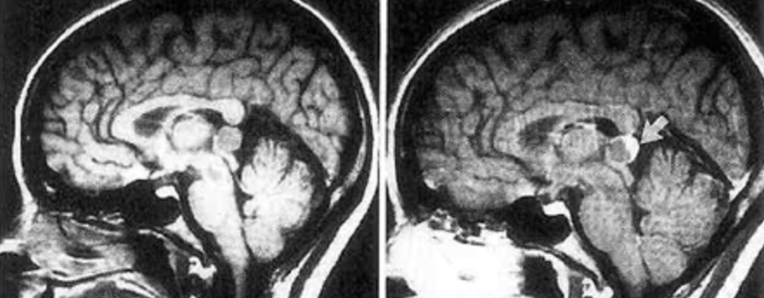Problems with clinical reasoning and imaging interpretation were factors in nearly half of lower GI perforation cases with delayed diagnosis.
Diagnostic errors caused nearly half of all delayed diagnoses of lower gastrointestinal perforation (LGP) in one ED, according to a retrospective study published in the International Journal of Emergency Medicine.
“Treatment for LGP comprises resuscitation, antimicrobial therapy, and repair or reconstruction of the perforation site. Timely and accurate diagnosis is critical for proper management,” Taro Shimizu, MD, PhD, and colleagues wrote. “A recent study on LGP identified a delay in diagnosis in approximately one-third of the cases, and the cause for the delay was associated with physician-related factors, presence of fever, and absence of tenderness.”
In the same study, 90 cases of lower gastrointestinal perforation were initially diagnosed as acute gastroenteritis, constipation, or small bowel obstruction. Unusual symptoms may complicate diagnosis, Dr. Shimizu and colleagues noted.
Other research has suggested that delayed diagnoses of lower gastrointestinal perforation may occur in situations where clinicians perform CT scans but miss the perforation. Dr. Shimizu and colleagues wrote that the emerging practice of studying “disease-specific diagnostic pitfalls and error-prone scenarios” allowed this study team to examine how these diagnostic errors occur.
The research was a secondary analysis of a larger, multicenter observational study. The investigators reviewed data from patients evaluated for LGP at nine different centers. They excluded patients with traumatic or iatrogenic perforations, pediatric patients, and those with perforations secondary to mesenteric ischemia, appendicitis, or diverticulitis.
Dr. Shimizu and colleagues gathered the patients’ CT imaging information and clinical history. They also reviewed the clinical courses of cases initially diagnosed as small bowel obstruction, gastroenteritis, or constipation.
Delayed Diagnoses & Imaging Findings
The analysis included 439 cases. Among those, there were a total of 138 delayed diagnoses.
Clinicians performed CT imaging before diagnosis in 42 (30.4%) instances of delayed diagnosis, the researchers reported, indicating “a missed opportunity for timely diagnosis.” Overall, 67 cases (48.6%) with delayed diagnosis had problems with either the clinical reasoning process or interpreting CT images, according to Dr. Shimizu and colleagues.
Previous research on LGP included evidence of perforation on CT imaging “in all but 3.9% of cases,” according to Dr. Shimizu and colleagues.
“Based on our findings, the availability of emergency radiology reports alone may reduce diagnostic error by nearly 30%.”
The researchers also followed the clinical courses of 50 patients whose illness was first diagnosed as constipation, gastroenteritis, or small bowel obstruction. Of these, 33 cases (66.0%) presented with symptoms or laboratory findings that did not match the initial diagnosis.
“Based on our findings, 24% of cases with a delayed diagnosis of LGP could be prevented by appropriate clinical reasoning of differential diagnosis, even if diseases, such as gastroenteritis, are common in emergency departments,” Harada and colleagues explained. “This analysis is consistent with the findings of previous reports on the ‘easy’ diagnosis of gastroenteritis as a cause of the diagnostic error of LGP and that physicians, at least in Japan, do make mistakes in the medical history and physical examination process differentiating a perforation from gastroenteritis.”
Clinical Implications
The researchers acknowledged that the study was limited by potential bias because it was a secondary, retrospective analysis of another study. Furthermore, possible confounding factors not reported in the medical data existed. The study only identified factors associated with delayed diagnosis but did not show a causal relationship.
However, the study identified areas for improvement that could prevent “approximately half of the diagnostic errors of LGP,” Dr. Shimizu and colleagues wrote.
“Our findings indicate that the frequency of delayed diagnoses in LGP can be improved by 30% through enhancements in the diagnostic process that do not readily dismiss atypical cases and by 24% through the utilization of radiological reports from CT imaging,” they wrote. “This finding suggests that clinical reasoning and image interpretation by radiologists are important in improving the diagnostic process for LGP.”






















Create Post
Twitter/X Preview
Logout